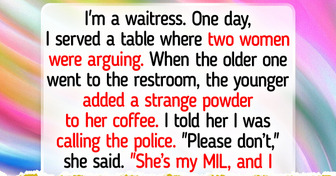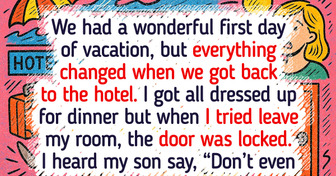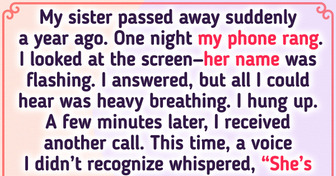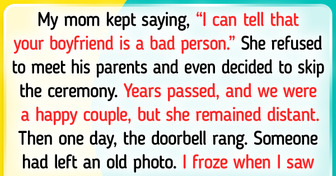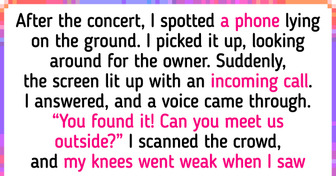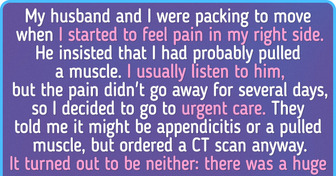12 People Whose Life Decisions Hit Like a Train, but It Was Too Late to Reverse Them

There are all sorts of amazing things you can do with products already lying around the house that were meant for other things. We’ll explore some of those plus everyday items that have other purposes you may not be aware of.
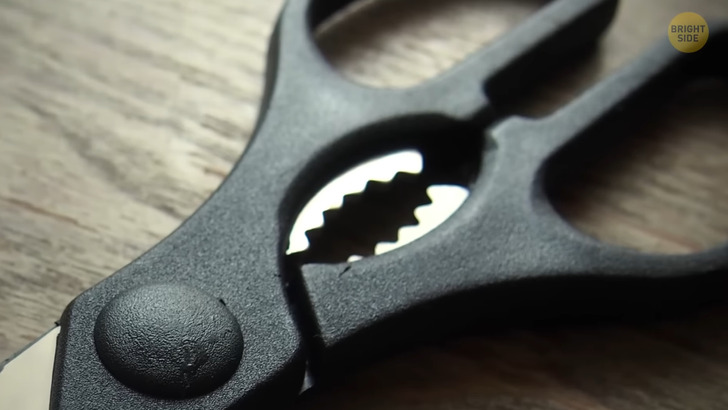
Many pairs of kitchen scissors today have a serrated opening where the handles and blades meet. You can use this as a herb stripper to destem difficult herbs like thyme, rosemary, and chives. Saves you a lot of time trying to pick the leaves off by hand. And if you’re short of a vase, you could present roses to your significant other this way. Just be careful where you’re pointing the sharp end.
The metal tab on soda cans can be flipped around. You can slip a straw in place, so you don’t have to hold it up to your mouth. This stay-on tab replaced the pull-ring tab created in the early sixties. You remember those, don’t you? Those could be quite sharp and easily discarded where they could be a menace for others. Now you can pop your straw straight into one! Also means you can produce some bubbles and make a mess.
Sometimes when you purchase an article of clothing, you receive a plastic baggie with an extra button and a swatch of fabric. While the fabric is clearly used to patch holes, it can also be used to test the effects of various cleaners on certain surfaces. It’s handy, too, to test wash cycles before using them to wash the whole garment. And if you want to clean your nose with it, that suggestion never came from me.
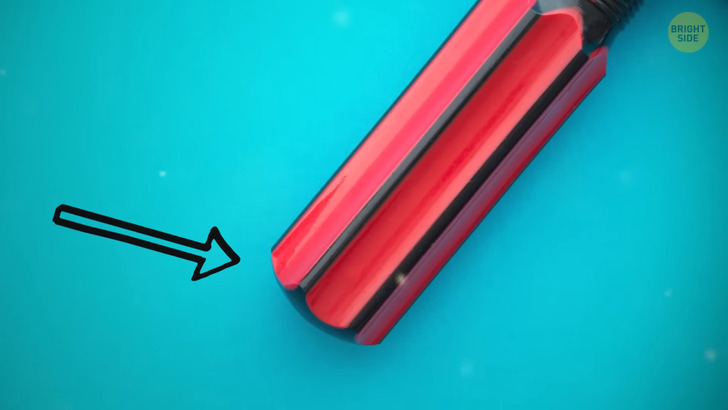
You can use a screwdriver for leverage if you’re having trouble lifting or moving something. Some also have a hexagonal shape handle that fits inside a wrench or spanner. You can use it to improve torque and, again, for leverage. A little easier on your hands. Some of us aren’t that strong. Or maybe that’s just me.
Rubber bands are great for many things, but if you have a bottle that’s hard to open, you can wrap the band around it for better grip.
Escalators have those fluffy black brushes for a similar reason that some have yellow lines on their steps. To try and deter people from getting too close to dangerous places. People don’t always take notice, and sometimes clothing can drape close to the point where the step meets the edge or ‘skirt.’ The brush is a little barrier to help prevent this from happening. They can also catch bits of fluff and prevent other small things from falling down into the gaps.
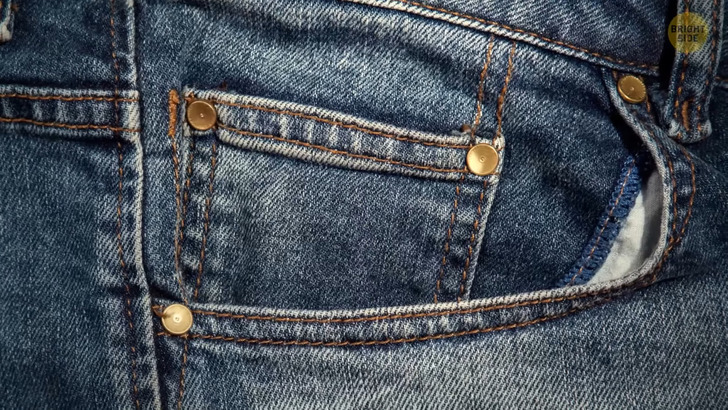
Your average pair of jeans has several features that are both functional and somewhat sentimental. The metal rivets around the pockets help secure the stress points. This ensures they last a bit longer than the average, though not all jeans have them. Many still have a tiny pocket directly above the main pocket. This was originally meant to hold a pocket watch. Even though pocket watches are mostly a thing of the past, many people still use this space to store coins, rings, or even a portable USB!
This may seem a little obvious, but if you’ve wondered what all the notches are for in a car tire, it’s for traction on the road. However, they are also a good indicator if your tire is getting too worn down. If those notches aren’t so deep anymore and are almost flush with the road, it’s time to replace them. If you don’t, the next time you try to stop suddenly at a stop sign, you might be surprised to find your car has turned into a giant rollerskate.
Those takeaway containers most associated with Chinese restaurants are designed to not only carry your food home but to store it in the fridge. They double as a plate as you can eat straight out of them and don’t have to worry about dirty dishes. Yea! They were actually patented way back in 1894 to transport freshly shucked oysters and were known as oyster pails. They were later adapted to use as leakproof containers for food.
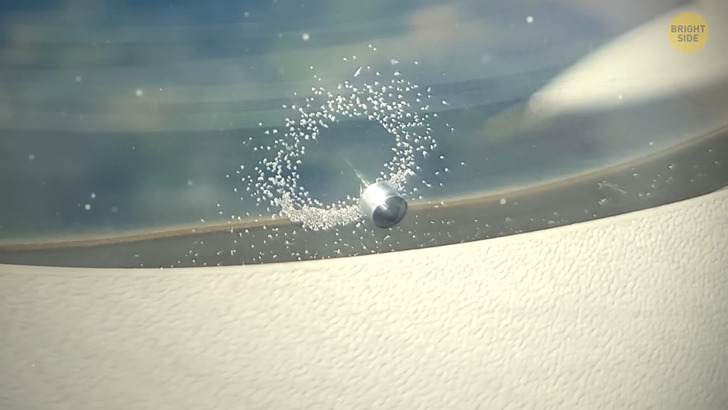
While you’re sitting on an airplane and looking out the window, you may have noticed those little holes, or in some instances, a small singular opening near the bottom. This is called a breather hole, and no, it’s not for you. It’s designed to equalize the difference in air pressure which builds up between the pressurized cabin and the atmosphere outside, especially during high altitudes. It also releases moisture from between the panes to avoid frost from forming on the windows and obstructing that all-important view. Sorry, but it looks like you won’t be drawing a smiling face on it anytime soon.
The first snap-off knife was introduced way back in 1956 by a company in Japan. Pretty cool, huh. They got their inspiration from snap-off rows on chocolate bars. Just don’t get the two mixed up. One doesn’t taste good.
When it comes to measuring tape, almost every reel has an empty slot in the metallic end. This is called a nail grab, so you can attach it to a nail or screw. A handy trick to do measurements without requiring someone else to hold it in place. Very nifty.
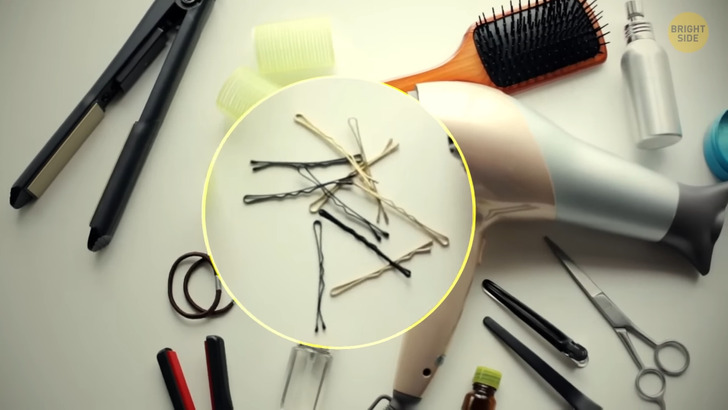
Bobby pins have grooves on one side to hold your hair in place better. Crazy notion, huh? The straight side goes face up while grooves go down against your head. They’re called bobby pins because of the bobbed hairstyle, which was popular in the 1920s, though the pins were invented in the 19th century. The look has gone, but the pins remain. Please take them out before you wash your hair as they don’t look great stuck to your fingers.
If you’ve been in a car or a bus and noticed the textured black dots baked into the black edges, you’ve probably worked out that it’s not there for its pretty looks. It’s called frit, a ceramic paint. Its main purpose is to protect the window from ultraviolet rays. It also creates a rough surface for the adhesive to cling to. If you see a pink lump of adhesive in the corner, please do not touch it. It’s actually someone’s old bubblegum.
If you take a look at the bottom of the lock, chances are you’ll see one or two little holes. This is to let water out from the inside that may have been trapped due to rain. This mini draining capability prevents the inner working from rusting over or freezing in place if the weather’s very cold. If in another situation, the lock becomes stuck, you can ease an oil-based product inside to lubricate the lock and get it working again. If you’ve lost the key and want to ease your frustrations, you can yell into the holes. It won’t do anything to unlock it, but it may help you feel a little better. If it yells back, well hey, I’d run.
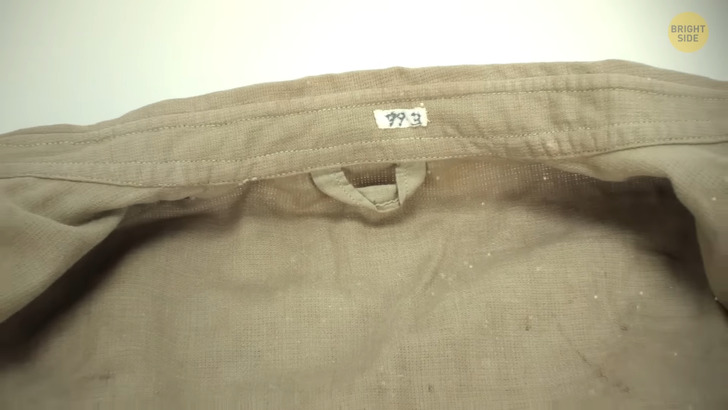
Some dress shirts have a fabric loop on the back. You guessed it: it’s used for hanging the shirt up. The loops were reportedly first used in the Navy as it was easy to simply hang them on the wall. During the 1960s in colleges, the fashion of the day was to wear the shirt buttoned all the way to the top, which made them difficult to hang. So, designers began putting the loop on the back. If the student removed the loop, it signified that they were going steady in a relationship. Unless your friend ripped one off for a prank. Now everyone’s asking whom you’re going with. There’s a little more to this story, but we haven’t got time to hang around. And yes, that’s a bad pun. On purpose. It’s what I do.
Ever wondered why coins have those little ridges along the edge? It’s a leftover from earlier times when they were worth more. Counterfeiters could easily file the edges off to sell as gold or silver coins to make some profit. The ridges were created, so it was much easier to tell which of the coins had been altered. It’s not needed today, but the coins still have that altered style. If you ever get really bored, you could try counting how many ridges there are.



